Table of Contents
Lenovo are updating their premium lineups of Yoga thin-and-light ultrabooks for 2025, and in this article, we’re discussing their top-tier Yoga 9i 10th-generation refreshes.
These are all 14-inch Copilot+ laptops, and are available as a clamshell Yoga Slim 9i, a 2-in-1 convertible Yoga 9i 2-in-1 Aura Edition, and a revamped iteration of the dual-display convertible Yoga Book 9i.
These are all built on Intel’s Lunar Lake hardware platform, with LPPDDR5x memory and large batteries, so they’re not designed for sustained performance, but rather promise solid daily use experience and excellent runtimes on battery power. You’re also getting modern-generation OLED touch displays on all these Yoga 9is, as well as premium metal builds, comfortable inputs, and minimalist IO mostly built around UBS-C Thunderbolt 4 ports.
We’ll review these over the next few months, but for now, let’s discuss the specs sheets and briefly go over what has changed on these 2025 Yoga 9i models compared to their predecessors.
2025 Lenovo Yoga Slim 9i gen 10, Yoga 9i 2-in-1 gen 10 (vs. 2024 Yoga 9i 2-in-1 gen9)
| 2025 Lenovo Yoga Slim 9i, gen 10 | 2025 Lenovo Yoga 9i 2-in-1 Aura Edition, gen 10 | 2024 Lenovo Yoga 9i 2-in-1, gen 9 – review | |
| Screen | 14.0 inch, 16:10, glossy, touch, OLED 4K 3840 x 2400 px, 120Hz, 750 nits peak, 100% DCI-P3/Adobe RGB |
14.0 inch, 16:10, glossy, touch, OLED 2.8K 2880 x 1800 px, 120Hz, 1100 nits peak, 500 nits sustained, 100% DCI-P3/Adobe RGB |
14.0 inch, 16:10, glossy, touch, OLED 4K 3840 x 2400 px, 60 Hz, 400 nits, 100% DCI-P3 OLED 2.8K 2880 x 1800 px, 120 Hz, 400 nits, 100% DCI-P3 |
| Processor | Intel Lunar Lake Core Ultra 200V, up to Core Ultra 7 258V, 4PC+4Ec/8T |
Intel Meteor Lake Core Ultra H, up to Core Ultra 7 155H, 6PC+10Ec/22T |
|
| Video | Intel Arc 140V with 8 Xe Cores, up to 1.95 GHz | Intel Arc, up to 2.4 GHz | |
| Memory | up to 32 GB LPDDR5x-8533 (soldered) | up to 32 GB LPDDR5x-7467 (soldered) | |
| Storage | gen4 SSD , single M.2 2280 slot | gen4 SSD , single M.2 2280 slot | |
| Connectivity | Wireless 7, Bluetooth 5.4 | Wireless 6E, Bluetooth 5.3 | |
| Ports | 2x USB-C Thunderbolt 4 (PD 3.0, DP 1.4), 1x USB-C 3.2 gen2 (PD 3.0, DP 1.4), 1x USB-A 3.2 Gen 2, audio jack | 1x USB-A 3.2 Gen 2, 1x USB-C 3.2 gen2 (PD 3.0, DP 1.4), 2x USB-C Thunderbolt 4 (PD 3.0, DP 1.4), audio jack | |
| Battery | 75 Wh, 65W USB-C charger with quick-charging | 75 Wh, 100W USB-C charger with quick-charging | |
| Size | 313 mm or 12.32” (w) x 204 mm or 8.01” (d) x from 14.5 mm or .57” (h) | 316 mm or 12.4” (w) x 220 mm or 8.66” (d) x from 15.9 mm or .63” (h) | 315 mm or 12.4” (w) x 218 mm or 8.58” (d) x from 15.9 mm or .63” (h) |
| Weight | 2.62 lbs (1.2 kg) + charger | ~3 lbs (1.35 kg) + charger | ~3 lbs (1.35 kg) + charger |
| Extras | clamshell format with 180-hinge, white backlit keyboard, 1.5 mm travel and .3 mm dish, glass touchpad, 5MPx webcam with IR and camera shutter, 2x mics, quad-speakers with Dolby Atmos, Tidal Teal colors |
2-in-1 convertible format with 360-hinge, white backlit keyboard, 1.5 mm travel and .3 mm dish, glass touchpad, 5MPx webcam with IR and camera shutter, 2x mics, quad-speakers with Dolby Atmos, Luna Grey and Cosmic Blue colors |
2-in01 convertible format with 360-hinge, white backlit keyboard, glass touchpad, 5MPx webcam with IR and camera shutter, 2x mics, quad-speakers – Bowers&Wilkins, Luna Grey and Cosmic Blue colors |
Yoga Slim 9i
The Slim 9i is a clamshell chassis with what looks like a 180-hinge (or close to). It’s the most compact and lightweight variant of these Yogas, at 2.62 lbs and 12.3 x 8 inches in footprint. For comparison, a MacBook Air 13 is 2.7 lbs and 12 x 8.5 footprint, while offering a smaller display and battery.
The design and build quality are premium on this Slim 9i, much as I’d expect from a premium-tier Yoga, with solid metal pieces all around and shiny rounded edges.
In fact, this Slim feels quite similar to the previous Yoga Slim 9i from a few years ago and the latest Yoga 9i convertible variants. The branding and markups have been slightly retouched and cleaned up for this model year, though, and the series is available in a single color called Tidal Teal, which is a sort of marine green to my eyes.
Despite its compact size, there’s plenty of space on this chassis for a full keyboard with 1.5 mm travel depth and a .3 mm dash in the keys, as well as for a fairly spacious glass touchpad. You’re also getting 4x speakers on this model, even if this chassis lacks the hinge-speaker implemented in the Yoga 9i 2-in-1 and the Yoga Book 9i, so the audio quality isn’t quite as good.
The IO is somewhat sacrificed on the entire Yoga 9i lineup, with USB-C Thunderbolt 4 ports, a single USB-A, and an audio jack. It should be fine, as at least you’re getting that USB-A and don’t have to constantly rely on an adapter or an external dock.
The display on this series is OLED, 14-inch and 16:10 format, with touch and with a 4K 120Hz PureSight Pro OLED panel. The specs mention up to 750-nits of peak brightness, but I’m not sure what exactly to take out of that, since the sustained OLED brightness isn’t nearly as high. Sustained brightness should be around 400-nits, as on most OLED laptop screens. Other than that, this is an amazing display, with crystal sharp resolution and beautiful image quality.
What’s particularly interesting about this series is the lack of any sort of notch above the display that would normally house the cameras and mics on most other Yogas. Instead, the camera is somehow integrated behind the display, with the camera cut put into the display in its top middle part, in order to minimize that top bezel and the laptop’s overall size. Not sure exactly how that works in real use, but I’d reckon it should be less distracting than the larger camera notch on MacBooks.
And speaking of bezels, the side and bottom ones are tiny as well, giving this series a 98% screen-to-body ratio, the highest of any laptops that I know of.
Yoga 9i 2-in-1 Aura Edition
The Yoga 9i 2-in-1 is a convertible format with a 360-degree display and that well known hinge that includes speakers in it. The chassis is a little larger than on the Slim 9i, and a little heavier as well, but still plenty portable at around 3 lbs and 12.4 x 8.65 in footprint.
The design language is otherwise similar between the clamshell and the 2-in-a variants, with an all metal construction and shiny rounded edges (which should be treated well, as otherwise tend to show scratches fairly easily). The inputs and the IO are just the same as well.
However, Lenovo offers the 2-in-1 Yoga 9i in two different color options, Luna Grey and Cosmic Blue. We’ve reviewed the Blue variant of the previous generation in this article, but both are beautiful and rather unique colors.
The display on the Yoga 2-in-1 is a different panel as well, still OLED at 120Hz, but 2.8K resolution and brighter at 500-nits sustained and 1100-nits peak. I’d argue this makes even more sense on this sort of laptop, as it’s sharp enough, potentially brighter, and slightly less taxing on battery.
The Yoga’s screen also comes with a digitizer, which adds that extra graininess noticeable on light backgrounds on OLEDs. It also comes with a pen included in the box, which can be stowed magnetically on the back of the display, near the camera notch. And yes, there’s a camera notch on this series, as the camera in the display integration is only offered on the Slim model.
Now, as far as the specs go, both these laptops are built on Intel Lunar Lake hardware with up to a Core Ultra 7 258V processor and 32 GB of on-chip memory, alongside SSD gen4 storage and a 75 Wh battery.
As we know by now from our reviews, Lunar Lake is not a performer in sustained CPU loads by any means, as it’s a hybrid design with only 8 Cores and 8 Threads, so is in fact a step back in CPU performance over the Meteor Lake Core Ultra hardware implemented in the previous 2024 Yogas. Instead, Lunar Lake is meant for daily use and multitasking, and comes with competent Intel Arc graphics.
Of course, its overall performance is dependent on the power settings and implemented cooling. The Yoga 9i 2-in-1 bundles a fairly advanced cooling module for this segment, with two fans and hefty heatpipes, allowing for 38W of sustained power in taxing loads on the past generation. That would be plenty to run the Lunar Lake hardware and full load, although the settings are most likely touched down a little bit on this generation, in order to keep temperatures and noise levels at bay. That’s backed up by the fact that this 2025 Yoga generation comes with a 65Wh charger, while the previous model came with a 100W charger instead.
For what is worth, the existing Yoga Slim 7i Aura Edition runs the same Core Ultra 7 258V hardware at 30W, with similar dual-fan cooling, allowing for sub 40 dBA fan noise in sustained loads. I’d expect about the same for the Yoga 9i 2-in-1 as well.
Not sure whether the Yoga Slim 9i implements the same kind of cooling as the Yoga model, since that’s a more compact chassis; it’s something we’ll need to look into for our reviews.
Battery life should be excellent on these laptops, at 8-12 hours of daily use and 15+ hours of video streaming. With some advantages for the convertible model, as the clamshell gets that 4K panel that takes a small tall on battery runtimes.
Now, as far as pricing and availability go, both the Slim 9i and the 9i 2-in-1 Aura Edition will be available in stores around February 2025, starting at $1849 for the clamshell version and $1599 for the convertible. Not sure if that’s for the 258V configuration with 32 GB of RAM or not, but overall rather high MSRP price tags, considering the prices of other premium Lunar Lake laptops such as the Zenbook S 14 and even the Dell XPS 13 nowadays. I’d reckon discounts will follow quickly.
2025 Lenovo Yoga Book 9i 14 gen 10 (vs. 2023 Yoga Book 9i 13)
| 2025 Lenovo Yoga Book 9i 14 OLED, gen 10 | 2023 Lenovo Yoga Book 9i OLED, gen 8 – review | |
| Screen | dual 14 inch displays, 16:10, glossy, touch, OLED 2.8K 2880 x 1800 px, 120Hz, 750 nits peak, 100% DCI-P3 |
dual 13.3 inch displays, 16:10, glossy, touch, OLED 2.8K 2880 x 1800 px, 60 Hz, 400 nits, 100% DCI-P3 |
| Processor | Intel Lunar Lake Core Ultra 200V, up to Core Ultra 7 258V, 4PC+4Ec/8T |
Intel Raptor Lake 13th-gen Core U, up to Core i7-1355U, 2C+8c/12T |
| Video | Intel Arc 140V with 8 Xe Cores, up to 1.95 GHz | Intel UHD, 96 EUs, up to 1.3 GHz |
| Memory | up to 32 GB LPDDR5x-8533 (soldered) | up to 16 GB LPDDR5x-6400 (soldered) |
| Storage | single M.2 2280 gen4 slot | single M.2 2280 gen4 slot |
| Connectivity | Wireless 7, Bluetooth 5.4 | Wireless 6E, Bluetooth 5.2 |
| Ports | 3x USB-C with Thunderbolt 4 (full function), audio jack | 3x USB-C with Thunderbolt 4 (full function), audio jack |
| Battery | 88 Wh, 65W USB-C charger with quick-charging | 80 Wh, 65W USB-C charger with quick-charging |
| Size | 315 mm or 12.4” (w) x 210 mm or 8.03” (d) x from 15.5 mm or 0.61” (h) | 299 mm or 11.78” (w) x 204 mm or 8.03” (d) x from 15.95 mm or 0.63” (h) |
| Weight | ~2.7 lbs (1.22 kg) + charger | ~3.05 lbs (1.38 kg) + charger |
| Extras | 2-in-1 dual-display convertible format with 360-hinge, detachable keyboard folio, 5MPx webcam with IR and camera shutter, quad-speakers with Dolby Atmos, Tidal Teal color |
2-in-1 dual-display convertible format with 360-hinge, detachable keyboard folio, 5MPx webcam with IR and camera shutter, quad-speakers – Bowers&Wilkins, Tidal Teal color |
This 2025 Yoga Book 9i is a refinement of the original Book 9i launched two years ago.
It now implements slightly larger 14-inch displays, Intel Lunar Lake hardware, and a bigger battery, so its footprint has gone up in size a little bit, but the weight is actually notably lower somehow.
The laptop is still a dual-display design with an all-metal build and a convertible hinge with speakers in it, similar to the one implemented in the regular Yoga 9i 2-in-1. In fact, the two variants are a lot more alike in these generations than they were in the past.
The dual-display chassis allows for a multitude of use cases, with or without the attachable keyboard accessory. That’s a Bluetooth keyboard that works independently from the laptop. A pen is included as well, as both screens support touch and implement a digitizer. The panels are 14-inch 2.8K OLEDs on both sides.
The keyboard folio lacks a touchpad, which is perhaps why Lenovo bundle a mouse with this Book 9i, alongside that pen.
A folio with a touchpad makes more sense for this format as far as I can tell based on past experience with other dual-screen notebooks such as the Zenbook Duo. I also prefer Asus’s design that allows to stow the keyboard in-between the screens for transport – on the Yoga the screens fold up one over the other, and the keyboard packs up separately. That means you’ll have to be extra careful not to fold this close while having the keyboard on the laptop, as it might put unwanted pressure on the panels. The displays are protected by a layer of glass, but there’s only so much that can be prevented.
The hardware on the Yoga Book 9i is the same Intel Lunar Lake platform with up to 32 GB of RAM and 1 TB of SSD storage, alongside an 88 Wh battery.
The power settings are lower on this model compared to the other Yoga 9is, since the cooling is miniaturized as well, but the overall performance should improve across the board from the Core i7-1355U initial configuration. Nonetheless, this is merely a laptop for casual use and general multitasking, so make sure you come at it with the right expectations.
Runtimes are not going to be as impressive as on the regular Yogas either, since the battery needs to sustain two displays, despite the hefty size of the two combined batteries at 88 Wh. You can switch one off, though, when looking to maximize efficiency, and that should easily get you 10+ hours of mixed-use on a charge.
As far as pricing and availability go, the Yoga Book 9i gen10 is expected in stores around March 2025, starting at $1999. That’s about what I’d expect from this sort of device that demands a premium over more traditional designs.

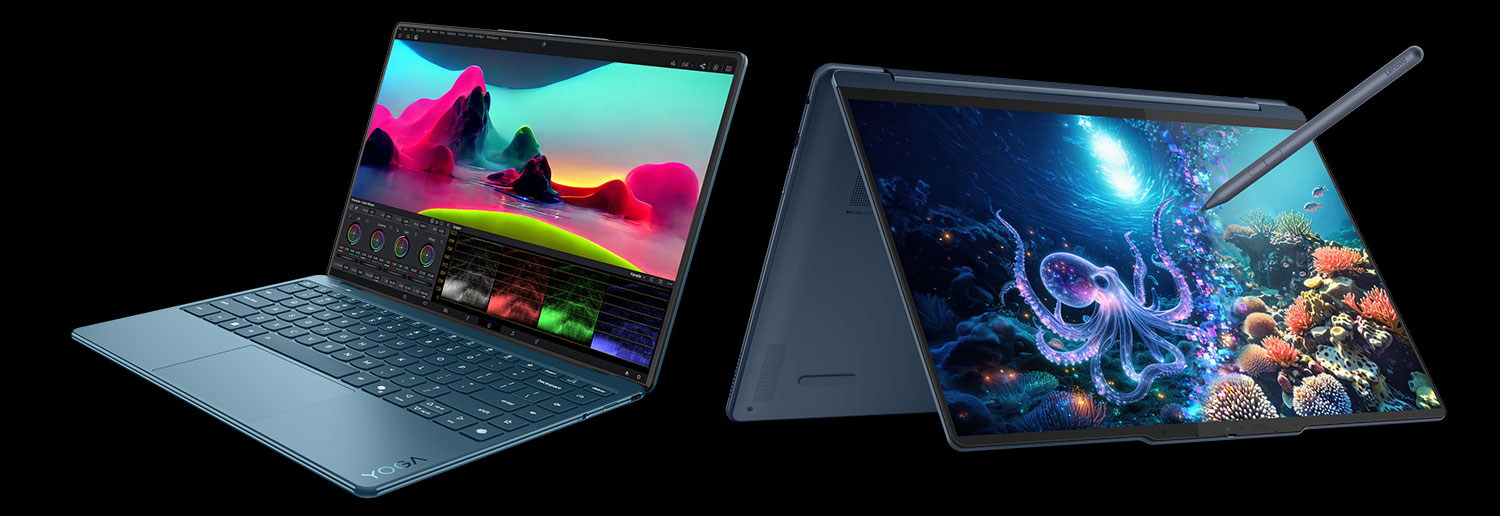
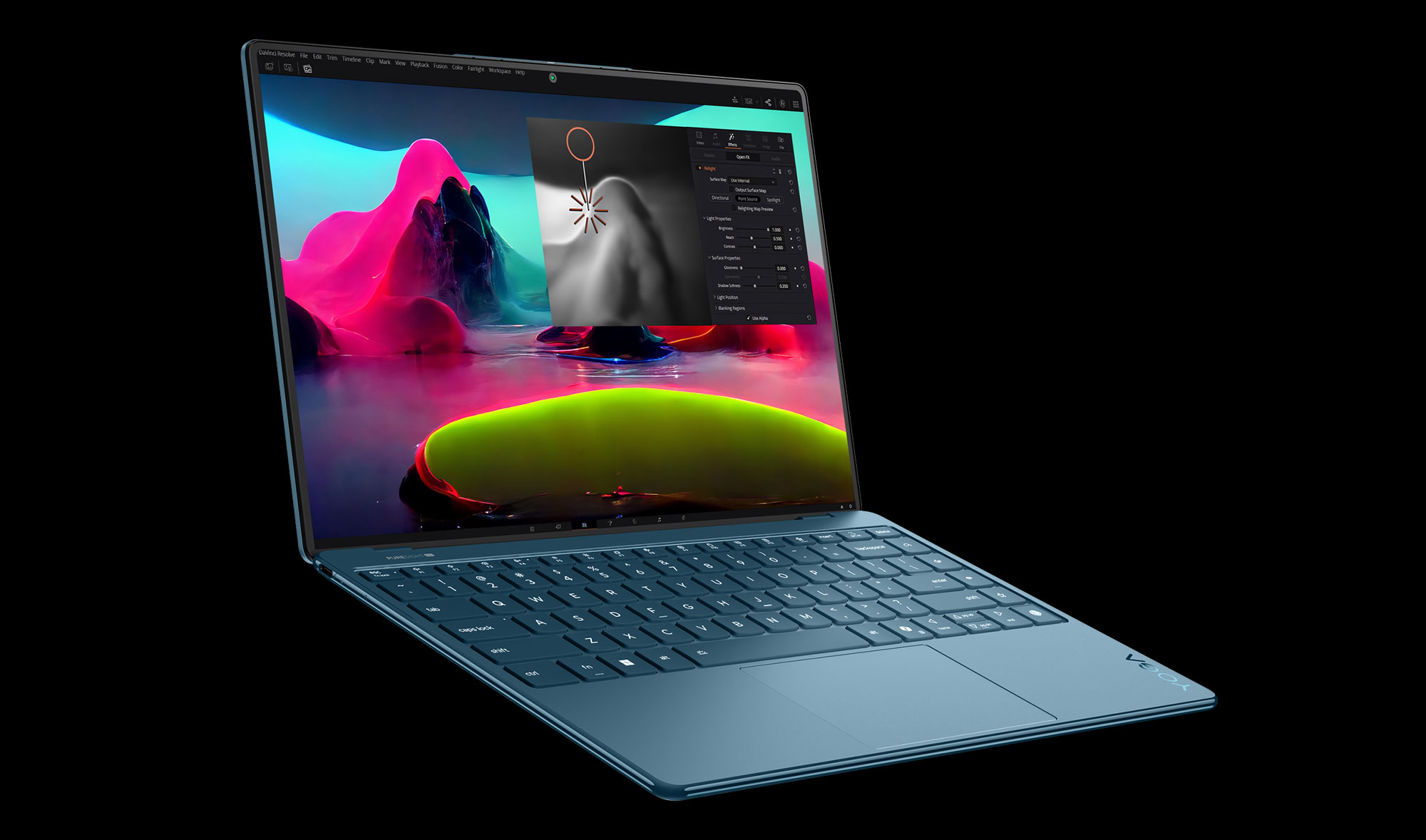
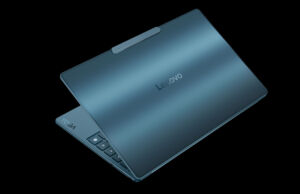
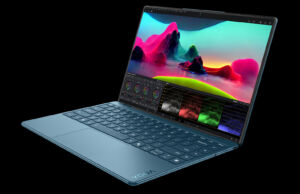
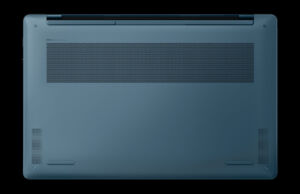
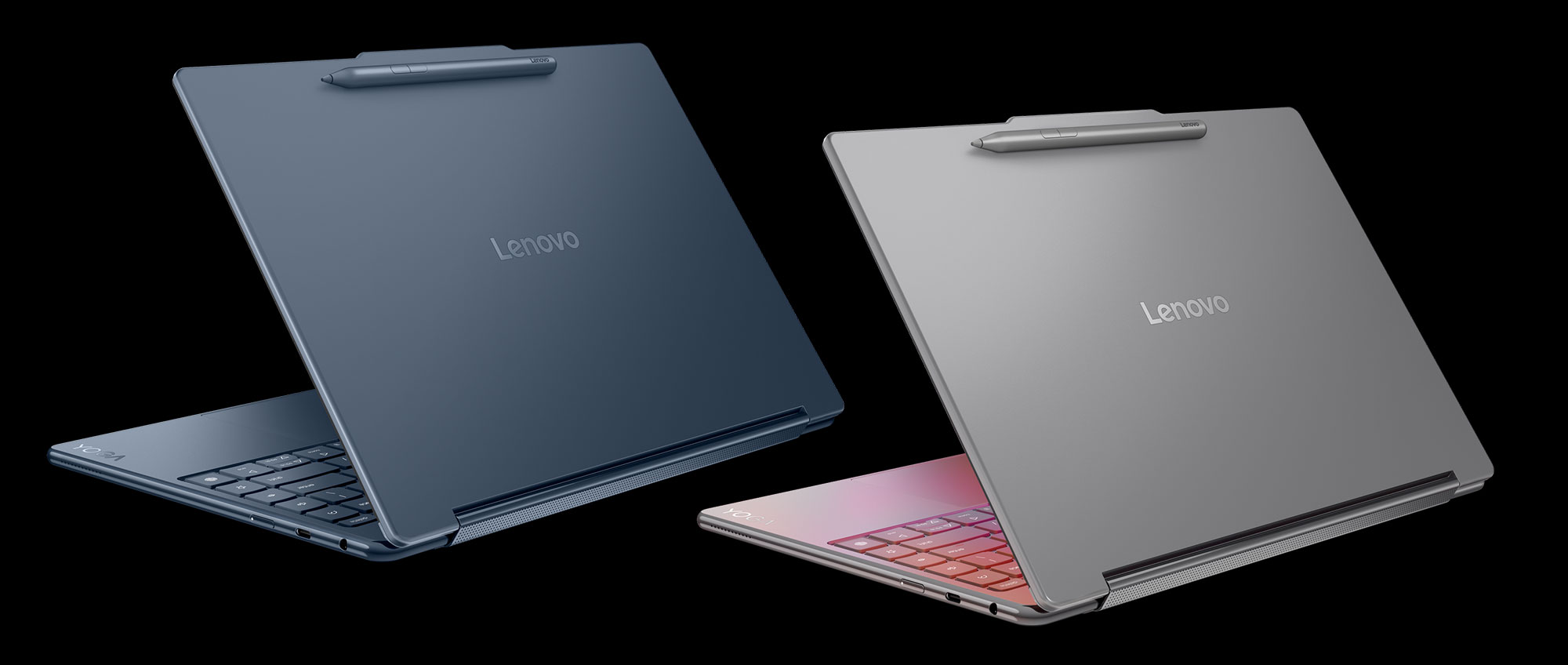
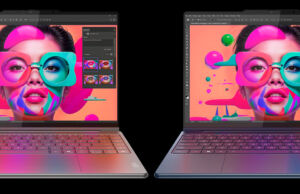
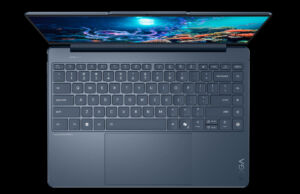
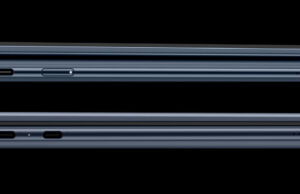
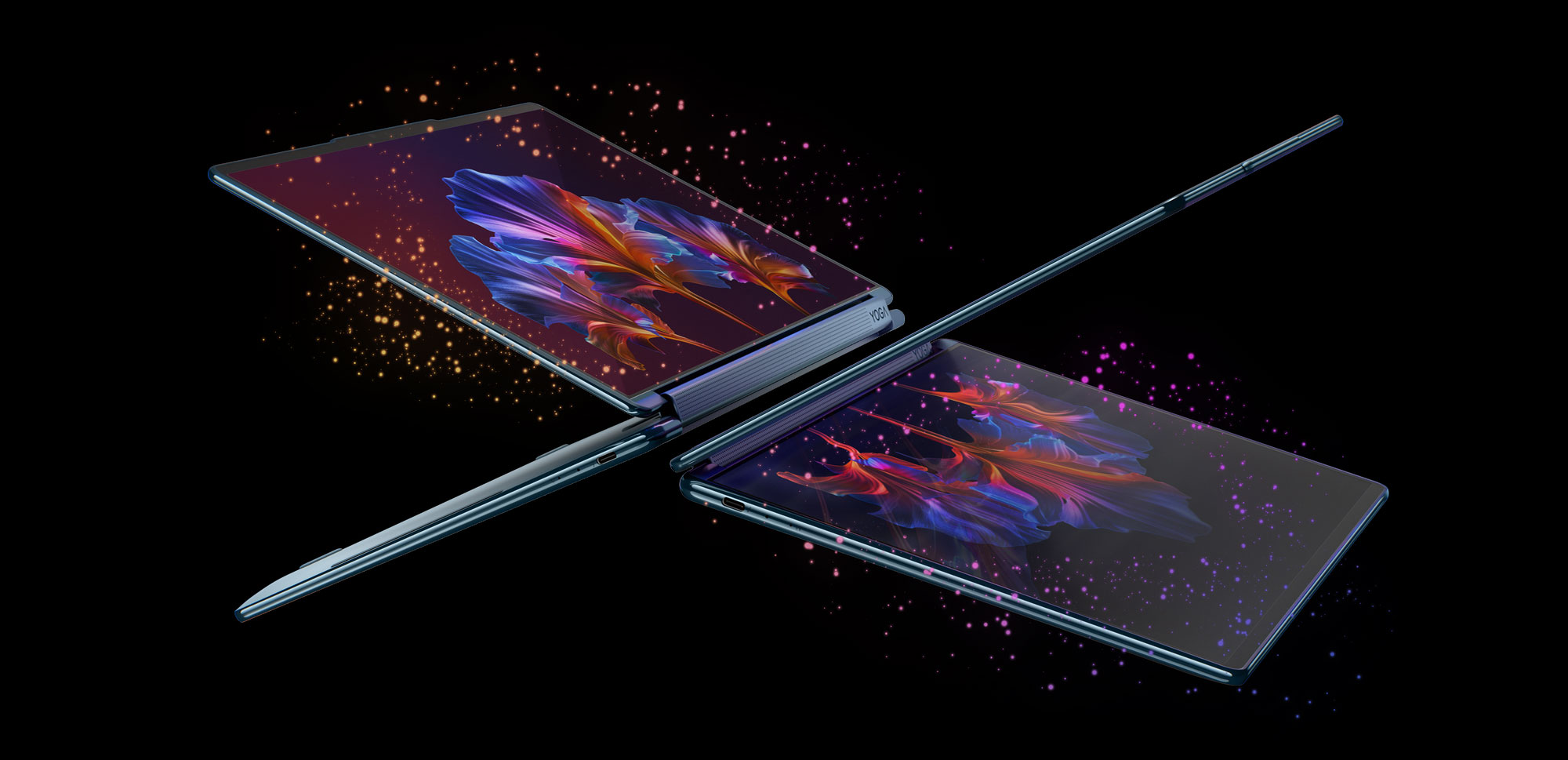
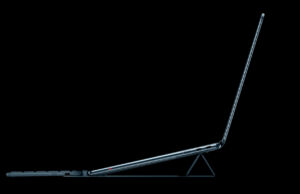
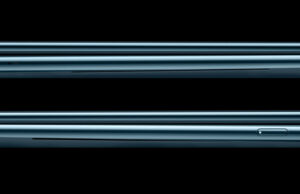
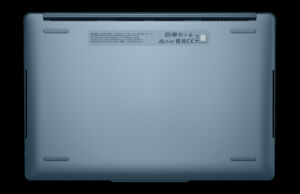
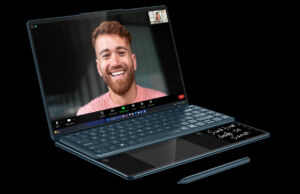
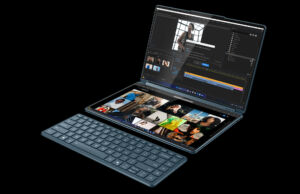
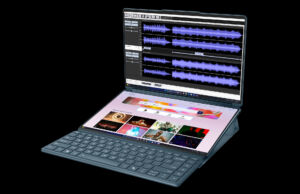
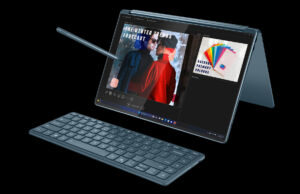
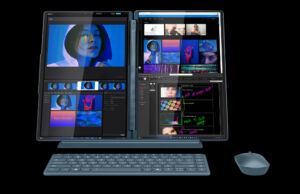


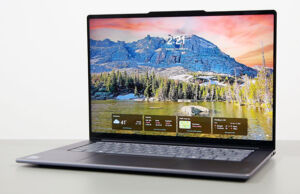

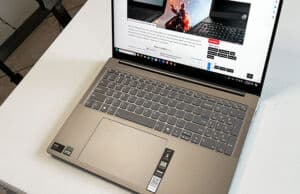


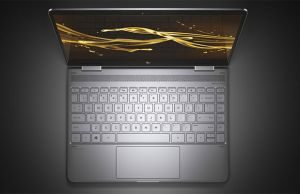
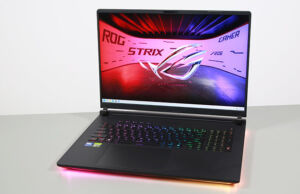

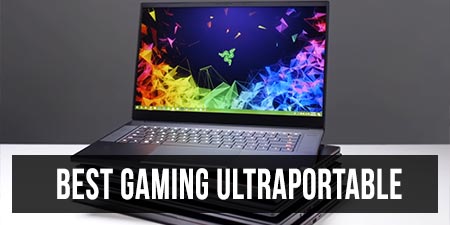
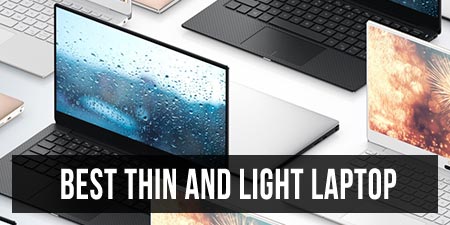
tybur
January 9, 2025 at 7:46 pm
It does not feel like they solved the problems with the original dual screen 9i.
It just seems like we don't have the batteries to make this form factor good, like the touchscreen is not sensitive enough for it to be like an artist's tool. It doesn't have the battery life for that. Anyway, it's not fast enough to do any type of rendering.I just don't understand who it's for.
Altandmain
January 10, 2025 at 2:54 am
The brighter OLEDs that I was hopping for seem to be coming. At 1,100 Nits for the 2.8k 120Hz screen, peak, we are approaching Mini-LED levels of brightness. I hope that Lenovo will also release some 16 and 18 inch laptops with the new generation of OLEDs.
With Lunar Lake, it should be good as well for outdoor usage in the bright sun. Previously before the release of Lunar Lake, only the Macbook Pro, with its bright OLED had the battery life to be used outdoors. These should have decent battery life as well with Lunar Lake, at the expense of performance, although some of the battery life will be compromised outdoor in the sun, where the brightness is turned up.
The one thing that we don't know is if they will have new "single layer" OLEDs, which would mean that the touch digitizer would be on the same layer as the display, so there would not be the "touch grain" displays that occur with the current generation of OLEDs that have touchscreens.
One flaw with the "under display" camera is that there may not be a privacy shutter. That's a feature on Lenovo laptops in the past and standard on Lenovo business laptops (especially the Thinkpad lineup). We should see these features also migrate to the Thinkpad Lineup.
The Slim 9i will be on sale in February apparently. I would expect that sales will occur by mid-2025, so around summer (in the Northern Hemisphere), we should start to see discounts.
Andrei Girbea
January 10, 2025 at 1:19 pm
The other issue with the under display camera in appalling image quality. Dave2D talks about it in a recent video. But there's still a camera/mic kill switch on the right side of the laptop, as shown in the images.
Curious about that OLED display as well. Not sure what to read about it being advertised at 1100-nits peak and how that's measured. Sustained brightness is what matter anyway, and that seems to have been bumped up as well. But then there's the potential burin problem if you push the brightness higher, which only time will answser
Robert Armstrong
February 21, 2025 at 9:44 am
Will there be a Gen 10 Yoga pro 9i with a dedicated RTX 5000 card?
Altandmain
January 15, 2025 at 6:11 pm
After further research it does seem that you are right that there is a privacy switch for the camera.
However, as you noted, the camera color seems to be off. Personally I would prefer that they just went back with a full camera in the "bulge" at the top of the laptop with a more traditional design. Maybe later generations of laptop will have an in-screen display with better quality image / video quality.
I don't know if the brightness is in SDR or HDR, but it does seem that we may be seeing the era of brighter OLEDs that reach Mini-LED levels or at least come close. Usually HDR is a bit brighter than SDR, so I assume that the 1100 nits is peak HDR brightness.
Some of the early reviews complain that Lenovo did not include a premium haptic trackpad in the Slim Pro 9i and have kept the traditional mechanical trackpad, although Lenovo claims that they have improved the trackpad over the previous year's model. It certainly seems like a disappointment, as the Slim Pro 9i is a flagship laptop for Lenovo's consumer lineup.
Also, I have heard that Lenovo is working on a 16" Slim Pro 9i as well, which should come out later.
Altandmain
April 5, 2025 at 7:59 am
Not sure if you want to update your article or write a new one, but it looks like Lenovo has announced that they are refreshing their Yoga Pro versions of this line-up as well. This includes a 16 inch version. The solar kit will have to be tested to see how it works.
This was in March 2025 at the Mobile World Congress.
https://news.lenovo.com/pressroom/press-releases/expanding-boundaries-ai-powered-creativity-productivity-and-innovation/
Andrei Girbea
April 7, 2025 at 10:42 am
I know, but I didn't get the time to post an article. Hopefully will get them for reviews